News & Articles
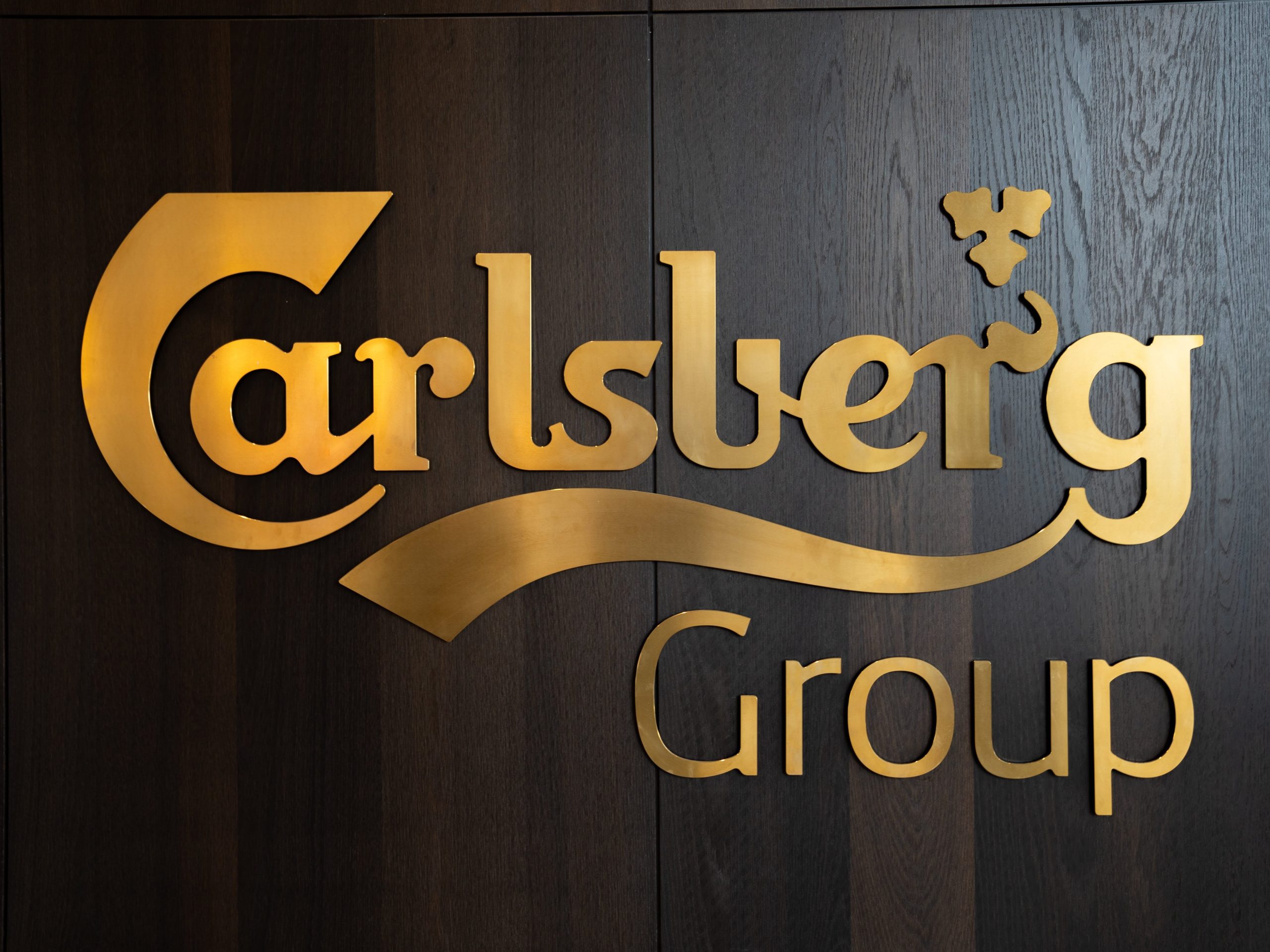
Carlsberg and Tabellae are now collaborating on a tailored solution for the brewery giant’s global ERP rollout.


Get a handle on what goes out of the system – otherwise it’s impossible to know what goes into the system.


Shorter implementation and longer operation. Cloud has increased the need for security.
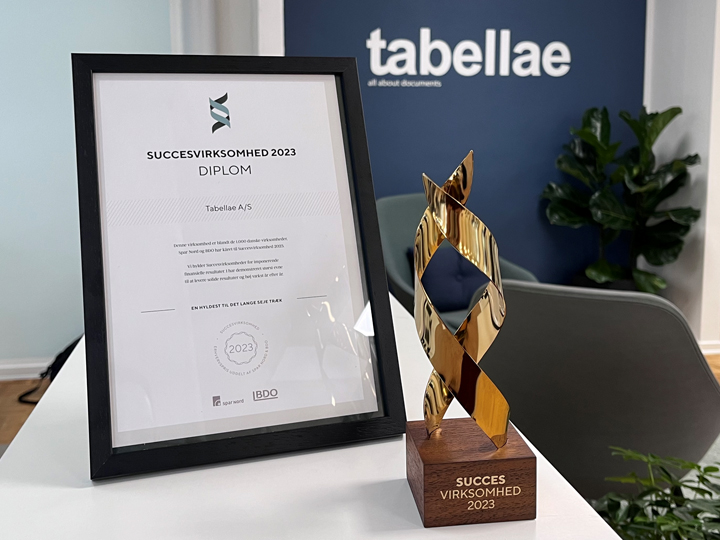
Spar Nord and BDO have awarded Tabellae the ‘Success Company 2023’ business award.
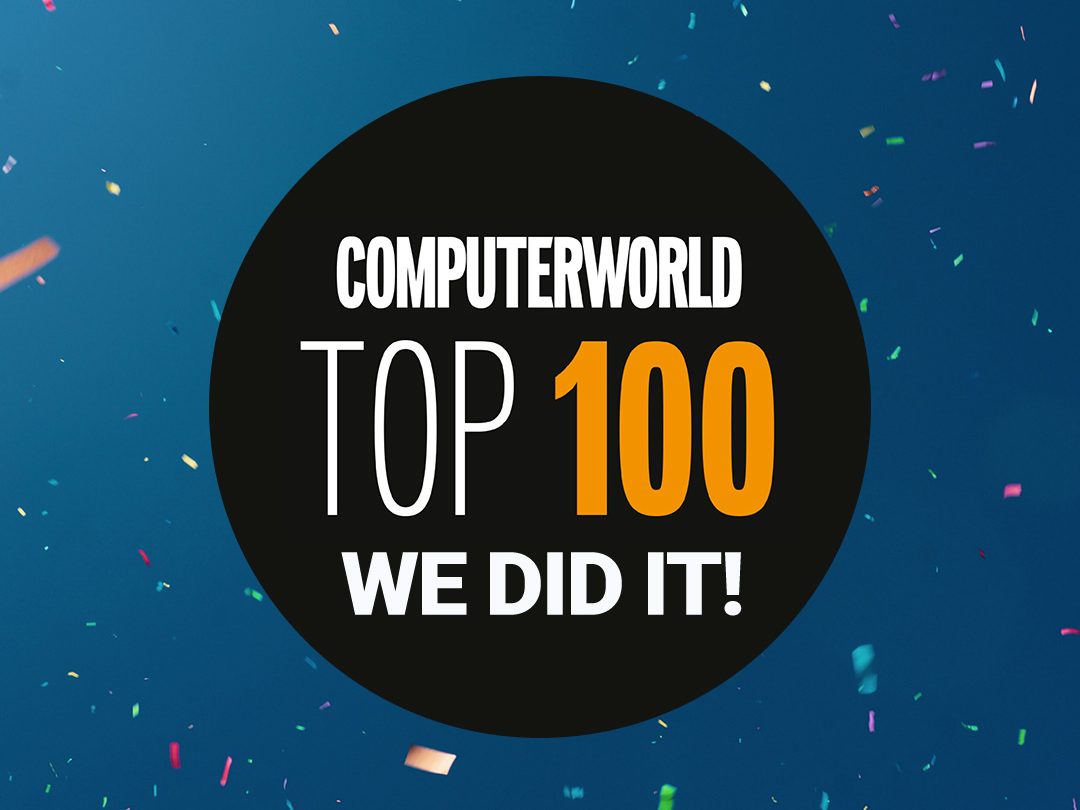
Among Denmark’s most talented IT companies, and the best in our category
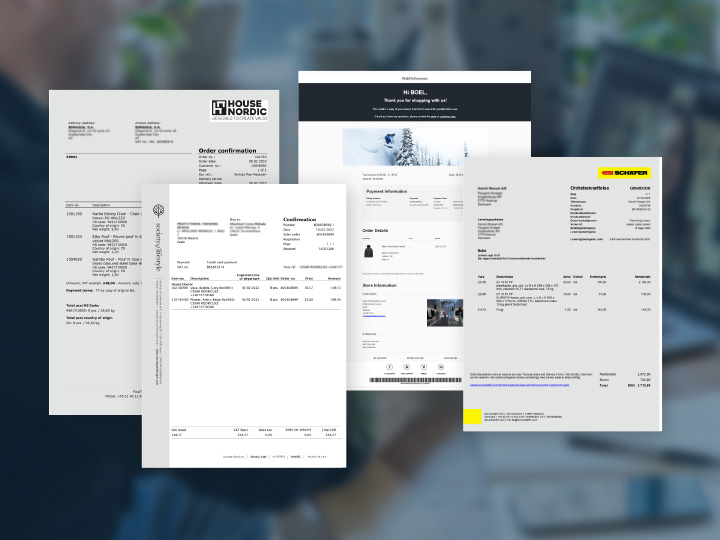
What if you could start an ERP project with the “result” upfront?
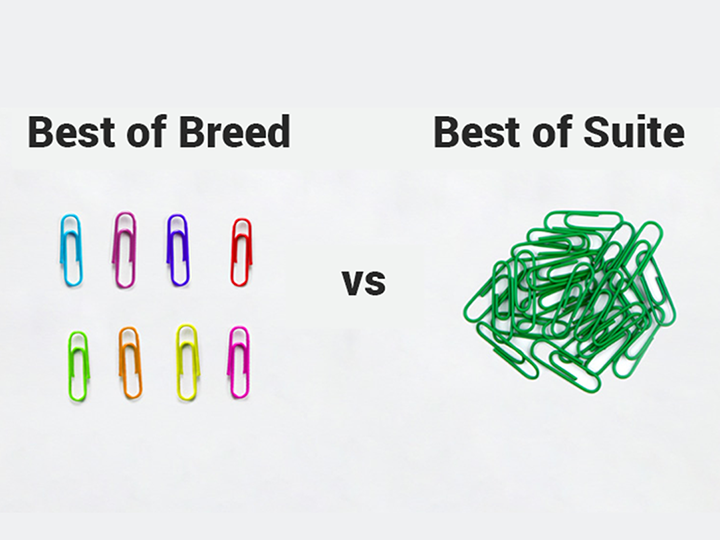
Simple solution with average functionality or a complex solution with state-of-the-art functionality?

Well-thought-out document management optimizes many business processes. Fill in the fields and I will contact you to discuss the possibilities in your business.
